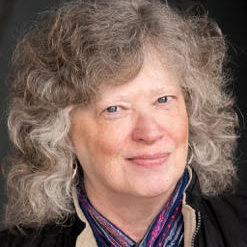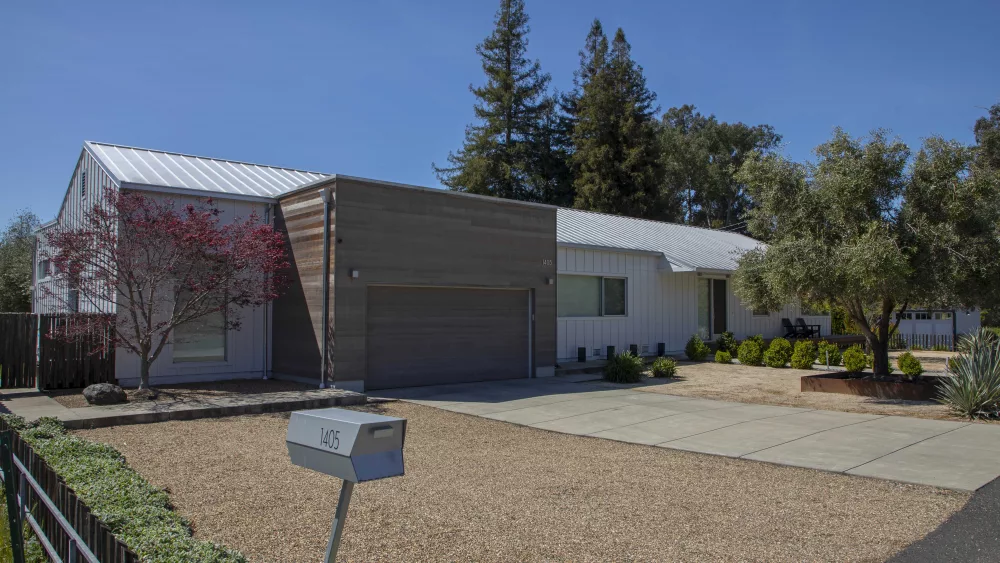How can the North Bay retain its emerging workforce when many of today’s school-age children will be employed in jobs that have yet to be created (and, possibly, imagined)? It’s like gazing into a crystal ball to predict the future of the job market, but local stakeholders believe there’s plenty of opportunity for today’s millennials to make an impact here by 2030.
“Anything related to science, technology, engineering and math––we need more of these industries in Marin County,” says Joanne Webster, president and CEO of the San Rafael Chamber of Commerce. “Then we need to support the financing and infrastructure of these industries so that our millennials can afford to stay here when they graduate. Currently, we’re experiencing small growth related to business, which is great, but it’s not generating high-paying jobs.”
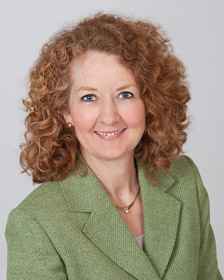 Webster says millennials are interested in working for companies that give back or make a difference. They want their jobs to mean something and to work for socially responsible companies that they care about. “I hear from teens and young millennials that they’re interested in the sciences––especially the girls, which is exciting,” she says. “Their interests are molecular biology, wildlife biology, environmental sciences and life sciences. I imagine there will be even more new health-related industries in Marin County in our near future––businesses that keep us healthier and free from disease. I also see opportunities in environmental industries that will handle our water shortage issues.”
Webster says millennials are interested in working for companies that give back or make a difference. They want their jobs to mean something and to work for socially responsible companies that they care about. “I hear from teens and young millennials that they’re interested in the sciences––especially the girls, which is exciting,” she says. “Their interests are molecular biology, wildlife biology, environmental sciences and life sciences. I imagine there will be even more new health-related industries in Marin County in our near future––businesses that keep us healthier and free from disease. I also see opportunities in environmental industries that will handle our water shortage issues.”
Diversifying opportunities
Given its reputation as a wine growing region and visitor destination, and its geographic location in the Bay Area, Napa is uniquely situated to attract and grow emerging green and technology businesses that relate to or support the wine and specialty food sectors, among others, according to Jennifer La Liberte, economic development manager for the city of Napa. “Technological advances in these industries will continue and business opportunities will emerge. Whatever those are, the main goal is to diversify jobs in sustainable industries with businesses that will make Napa their long-time home. We need quality and long-term employment opportunities.”
“Millennials are attracted to Napa by the wine and restaurant industries, and knowing that they can come to Napa to learn from the ‘masters’ of their trades,” adds Napa’s mayor, Jill Techel.
 “Napa has an amazing pool of local and regional talent already here creating and performing quality jobs,” says La Liberte. “With the virtual workplace becoming more prevalent, Napa’s business landscape is poised to evolve with entrepreneurial start-ups which, as they expand, will provide enormous opportunities for job seekers. Incubating or accelerating start-ups is one opportunity to be further explored.”
“Napa has an amazing pool of local and regional talent already here creating and performing quality jobs,” says La Liberte. “With the virtual workplace becoming more prevalent, Napa’s business landscape is poised to evolve with entrepreneurial start-ups which, as they expand, will provide enormous opportunities for job seekers. Incubating or accelerating start-ups is one opportunity to be further explored.”
In Santa Rosa, the chamber of commerce’s economic development arm is working to help grow and recruit companies that create wealth for the community, explains Jonathan Coe, the chamber’s president and CEO. “That means, typically, companies make a widget or a bottle of wine or a chunk of cheese here, then sell it elsewhere, and it brings money back into the community. The wine industry is a great example.”
Coe’s organization also works with the local food industry, including the natural foods and farm-to-table movements. “We have a significant industry cluster around those businesses that creates wealth and provides good jobs. We also have several substantial technology companies, an industry we want to attract more, along with their suppliers and other related businesses.”
Networking and career-building
Hosted by the San Rafael Chamber, the San Rafael Leadership Institute is Marin County’s premier leadership development program for professionals seeking to make a difference in their community, expand their network and understand Marin from the ground up, says Wheeler. The institute meets once per month from October through June. Each full-day session is held at a different location in Marin, exposing participants to local businesses, community centers and government facilities.
“For 30 years, the institute has been offering a singular opportunity to develop leadership and team-building skills while learning about current issues that impact Marin County,” adds Webster. “Twenty-eight students are hosted in the class every year. The program brings together many of Marin’s policy makers and provides participants the chance to build relationships with key stakeholders in the county.”
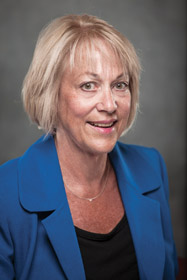 Leadership Napa Valley has 30 participants each year, and about 10 of those are millennials. The city has also considered starting a Hispanic Leadership Program, a Senior Leadership Program and a Millennial Leadership Program, “but we decided the best situation was for us to ‘mix’ and teach leadership to the variety of ages and ethnic groups that make up Napa. It’s worked very well for us,” explains Techel. “With millennials in the program, it keeps us more current on technology and social media, while at the same time the younger participants learn other lessons from the more experienced members of the class.”
Leadership Napa Valley has 30 participants each year, and about 10 of those are millennials. The city has also considered starting a Hispanic Leadership Program, a Senior Leadership Program and a Millennial Leadership Program, “but we decided the best situation was for us to ‘mix’ and teach leadership to the variety of ages and ethnic groups that make up Napa. It’s worked very well for us,” explains Techel. “With millennials in the program, it keeps us more current on technology and social media, while at the same time the younger participants learn other lessons from the more experienced members of the class.”
In addition to Leadership Santa Rosa, now in its 33rd year, the Santa Rosa Chamber created the Young Professionals Network (YPN) in 2008 to help retain and attract younger workers. “These are the people who will be our leaders 15, 20 and 30 years from now,” says Coe. “The group hinges on a couple of primary functions––to create networking and a socializing peer base in the community.”
YPN has approximately 300 members who participate in monthly get-togethers, as well as “Big Wig” lunches, which introduce the members to businesspeople who’ve been successful in their careers. Past speakers have included Jeff Hooper, manager of Amy’s Drive Thru; Hamish Gray, a senior vice-president at Keysight Technologies; and Sally Srok, president of direct to consumer sales at Francis Ford Coppola Winery.
Housing the aging millennial
As millennials age or eventually decide to move out of the dense urban markets of San Francisco, Oakland and San Jose, La Liberte believes many of them will choose to locate in smaller Bay Area cities, such as Napa, that offer a different pace and excellent quality of life.
Ensuring that plenty of housing will be available for this population is one of the North Bay’s biggest challenges, and there’s no easy solution. “We need to build more senior housing in Marin County so that single-family residences are eventually freed up for these young people and increase the supply,” says Webster.
“Traditional housing models aren’t necessarily the preferred model for millennials,” La Liberte adds. “As new residential proposals are considered, the city of Napa and other jurisdictions will need to explore how regulations can be flexible to support new concepts. The city has a housing supply challenge that impacts housing seekers at various levels of income and household make-up, with a vacancy rate close to just 1 percent.”
La Liberte says the Napa City Council has supported policies to encourage denser residential development as well as mixed-use and live-work housing in the urban center, which provides residents access to public transit, shopping, dining and cultural and recreational activities. Going forward, she adds, Napa should consider ways to achieve greater densities and encourage creative housing options in and beyond the downtown area, which may include revised zoning or other regulatory adjustments, additional permit streamlining and other feasible incentives.
Techel says the city of Napa is trying to create more workforce housing to deal with the shortage, “and right now, that means making more rental housing available.”
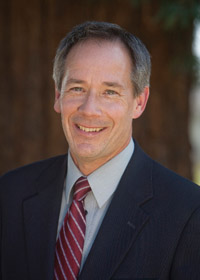 Sonoma County has the reputation of being family-friendly, says Coe, and therefore a place where millennials will want to live when they get a little older, marry and begin families. “It’s no accident that the headquarters of places such as Google and Facebook use a campus approach, because they’re geared to employees who are coming right out of college and used to a campus environment. But as millennials age, they’ll take a step back to evaluate their lives and will be more attracted to places like Santa Rosa.”
Sonoma County has the reputation of being family-friendly, says Coe, and therefore a place where millennials will want to live when they get a little older, marry and begin families. “It’s no accident that the headquarters of places such as Google and Facebook use a campus approach, because they’re geared to employees who are coming right out of college and used to a campus environment. But as millennials age, they’ll take a step back to evaluate their lives and will be more attracted to places like Santa Rosa.”
The sprawl that was traditionally built in Sonoma County still has appeal and value, he says, but it’s more expensive and requires more infrastructure, as opposed to buildings with a smaller footprint that reach higher. “We just need the political will to make those happen and encourage our elected officials to come up with the funds to help invest in affordable workforce housing and development.”
Garage conversions?
Changing permit regulations and rules could also make it possible to create more housing where it already exists, adds Coe. “That means remodeling homes to add ‘granny-style’ units or converting a space, such as a garage, into housing. It’s my personal belief that if we’re looking out to 2030, driverless cars may rule the roads. So rather than owning our own cars, we dial up a driverless Uber that gets us where we want to go. That’s my ‘Gee-whiz’ vision, anyway.”
In that scenario, Coe wonders how many garage spaces would become available to be converted into apartments. “Isn’t that a much better use of existing space and a better way to expand and extend our housing than any other? Because if we can’t figure out a way to make more housing available, we’re in trouble.”


